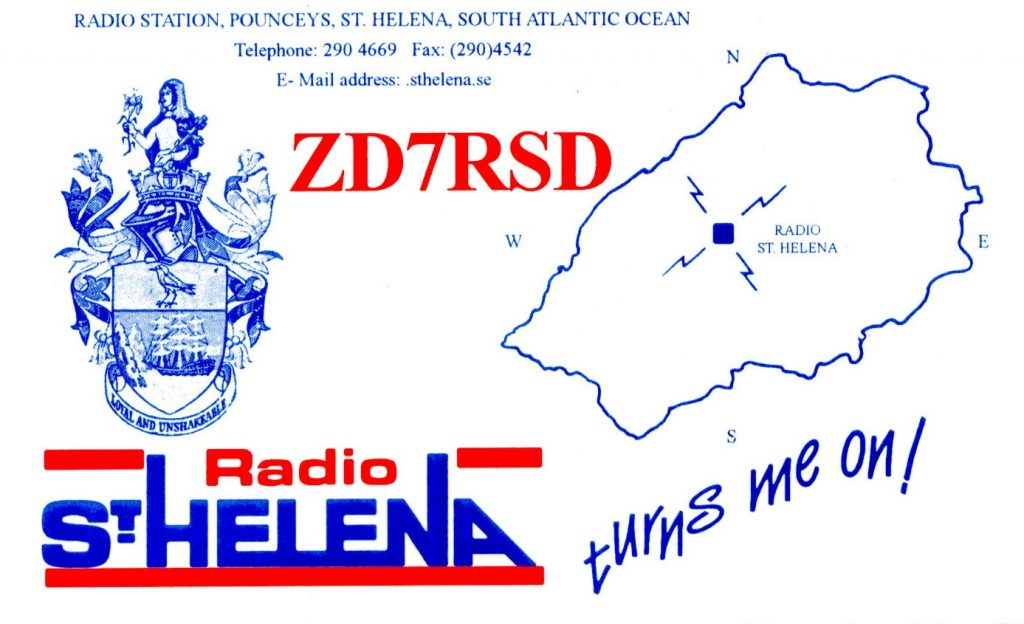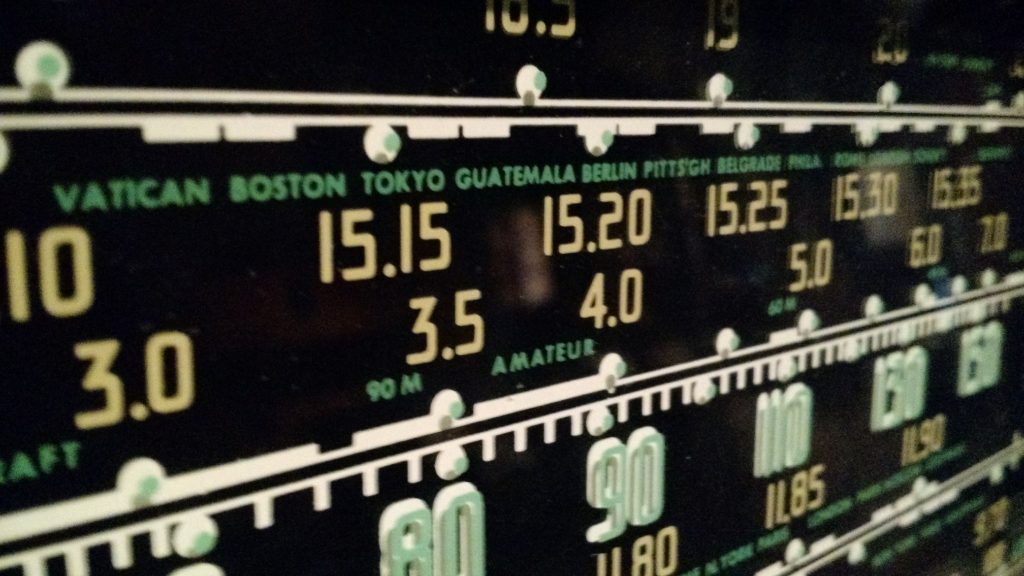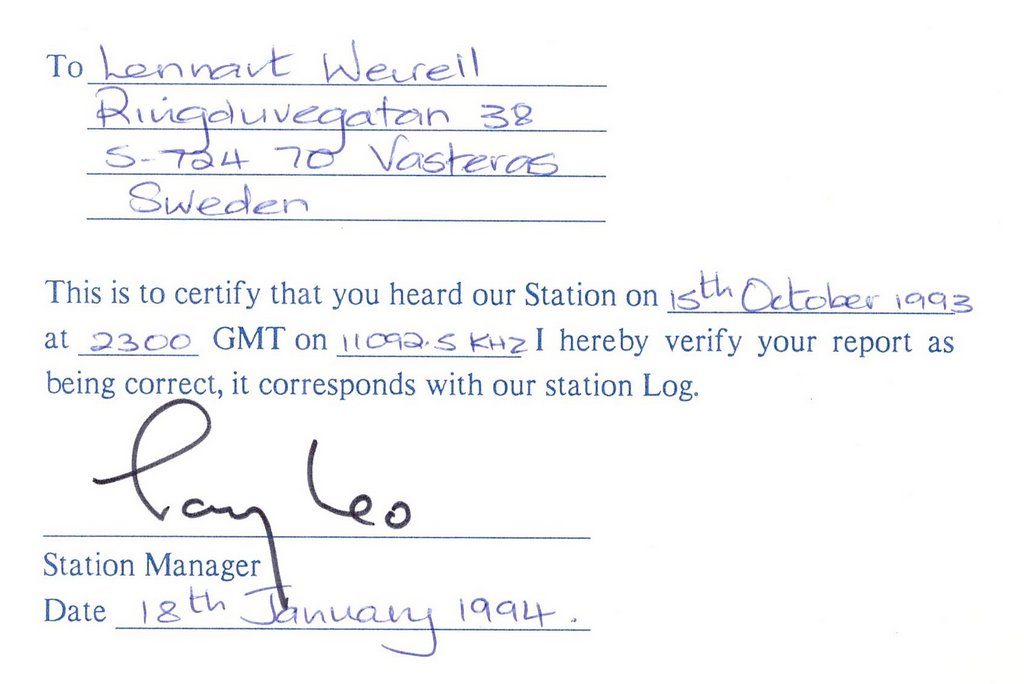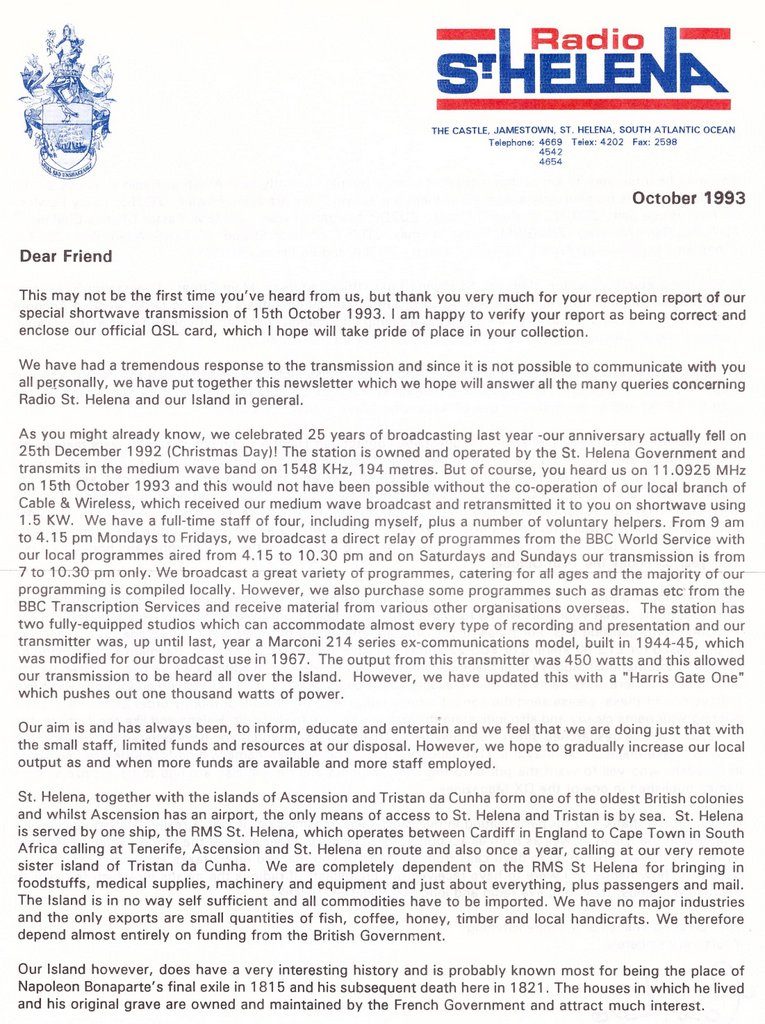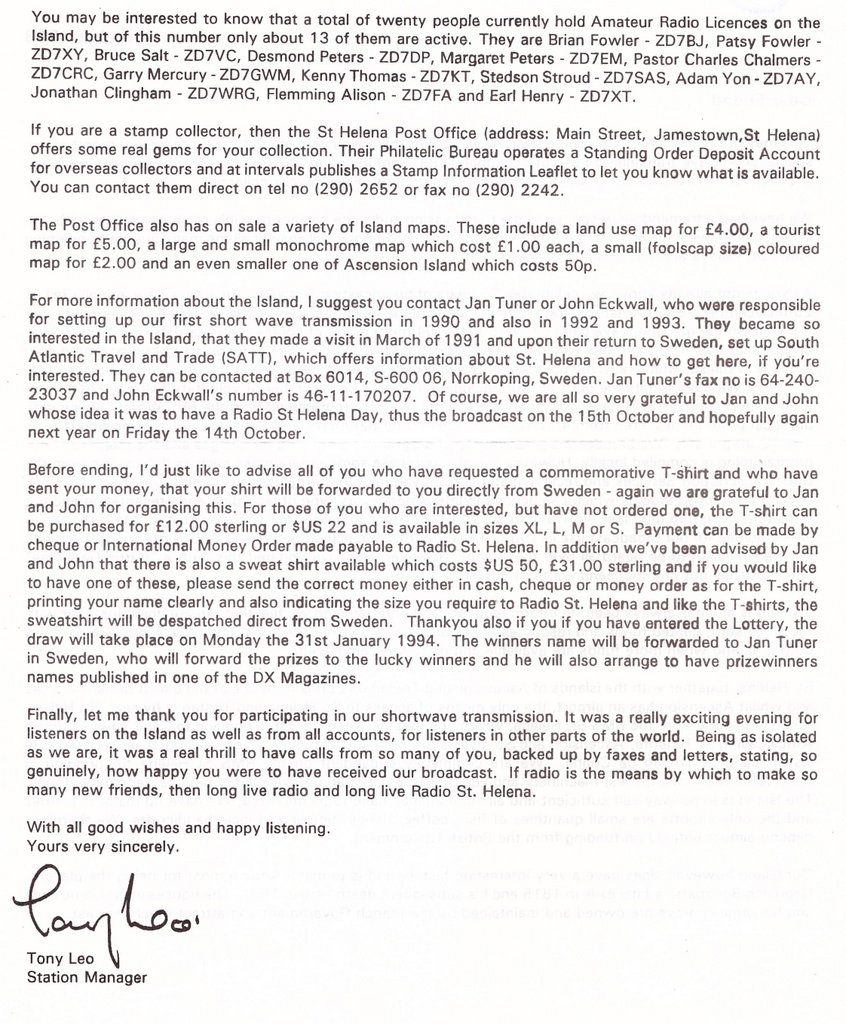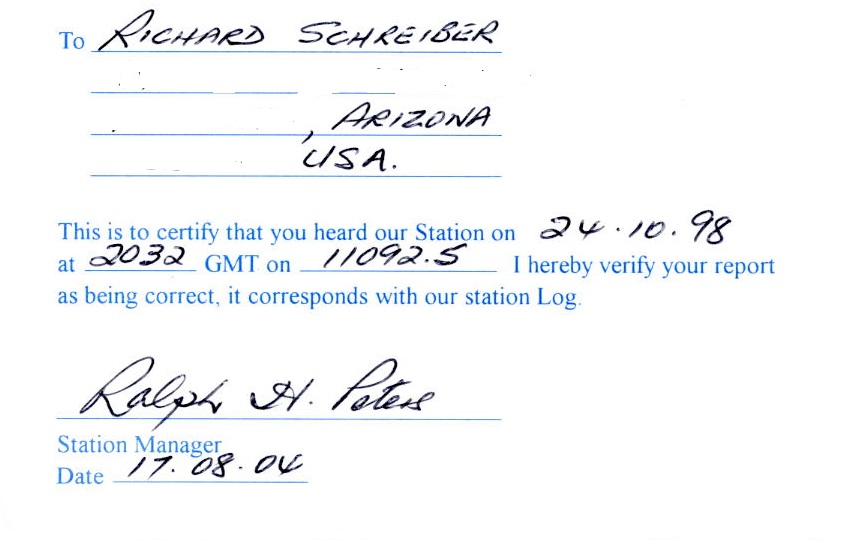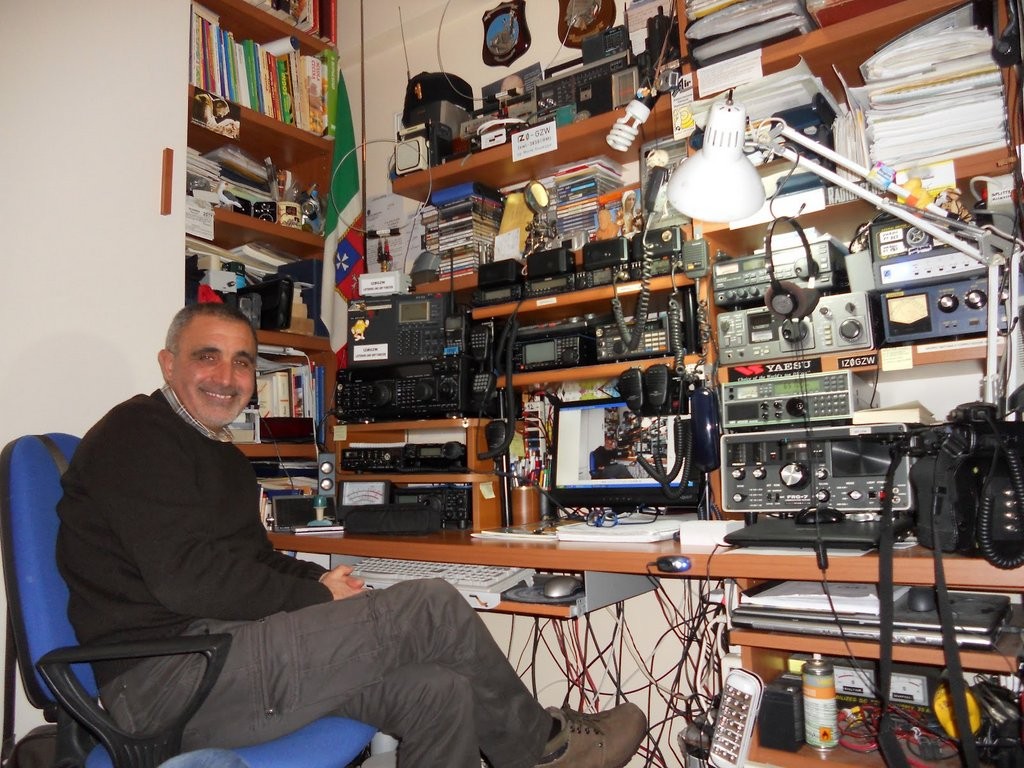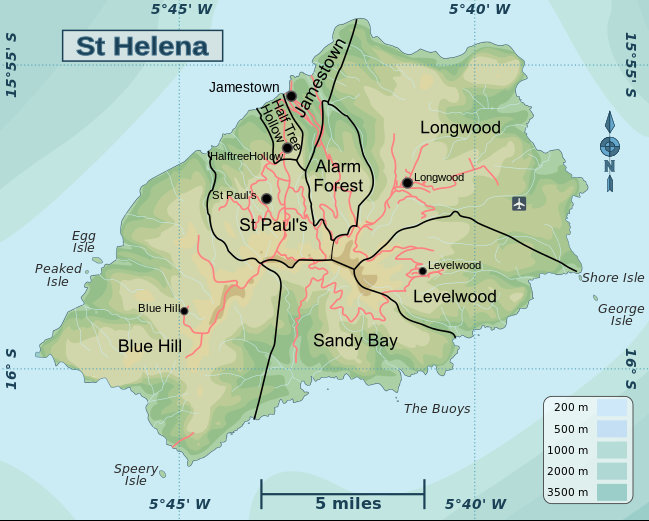 If you’ve been a shortwave listener for very long, you may remember the annual Radio St. Helena Day: one weekend a year when this small island broadcaster hit the shortwaves and accepted reports from across the globe. I never had the fortune of receiving their modest signal, but I surely tried!
If you’ve been a shortwave listener for very long, you may remember the annual Radio St. Helena Day: one weekend a year when this small island broadcaster hit the shortwaves and accepted reports from across the globe. I never had the fortune of receiving their modest signal, but I surely tried!
Since I’m fan of remotely inhabited parts of the world, St. Helena is on my bucket list of places to visit–and it looks like visiting the island may become much easier:
(Source: BBC Travel)
For more than 500 years, the only way to reach the British Overseas Territory of Saint Helena was by sea. Travelling to the South Atlantic island by sailboat, after a nine-day voyage from Namibia, my family and I made landfall the way every person before us has: the way Napoleon Bonaparte did when he was sent into exile in 1815; the way modern-day Saints (as the local population is known) do when they venture home from work in the UK; and the way the occasional, intrepid visitor has always done. But we were one of the last travellers to do so.
In April, the first commercial plane landed at the island’s new airport, and the last working Royal Mail Ship, the St Helena, was slated for decommissioning.
A dwindling population and defiant island geology – which, as Charles Darwin put it, “rises abruptly like a huge black castle from the ocean” – were long-time barriers to the development of an airport. But fears that the island could become nothing more than a remote old age home as younger Saints look elsewhere for employment finally forced the issue. Planned weekly flights will replace the monthly ship visits, and tourism is projected to take off.
Now, for the first time, visitors won’t risk being doused in the Atlantic swell when they reach for the ropes at the sea-washed Jamestown landing, trying to time their first step onto solid ground.
Continue reading on the BBC Travel website…
I do understand that the new airport may be a challenging place to land an aircraft. The following is noted on Wikipedia:
Due to the short runway and the long distance to South Africa, a Boeing 737-700 flying to Johannesburg is not able to use its full seat and cargo capacity. Only flights to and from Namibian and Angolan destinations would allow using a Boeing 737-700 near its full load capacity. The other planned destination, London, requires a fuel stop in Gambia, at almost the same distance as Johannesburg.
If Wideawake Airfield on Ascension Island were open for commercial non-military flights, it could be listed as an alternate aerodrome; this would mean that the load capacity of an inbound Boeing 737-700 could be increased as fewer fuel reserves would be required.
The distance from key destinations, the length of runway available, and the type of aircraft available in the region dictate that air services to St Helena must operate to the requirements of extended twin engine operations (ETOPS) which implies the provision of an instrument approach system based on an off-set instrument landing system localiser (ILS LLZ).
Such is also required by the terrain of the airport which, in commercial passenger air transport terms, is safety-critical due to its steep approaches, high elevation (1,000 ft or 300 m above sea level) and rocky outcrops. Without an instrument approach the provision of a viable air service is considered impossible.
There were doubts concerning local weather conditions and, in particular about the amount of turbulence on the approaches from fallwinds resulting from the elevated location and the surrounding bluffs. Therefore, it was recommended that a charter aircraft should perform approaches to and departures from the intended runway. By April 2016 such flights had taken place, and they weren’t 100% positive[…]
There are so many reasons air service will help this isolated community–especially for medical evacuations–but I suspect this will be a challenging airport for any pilot. St. Helena is one of the most remotely inhabited island on earth–due to aircraft fuel limits and the inability to land at alternate locations, aircraft will be forced to land in occasional adverse weather conditions.
While I’d love to to take a cruise to St. Helena, air service will likely make my future visit much more accessible!
Post readers: Please comment if you’ve visited or live(d) on St. Helena! Please share your experiences! Has anyone had luck receiving Radio St. Helena Day broadcasts in the past?

